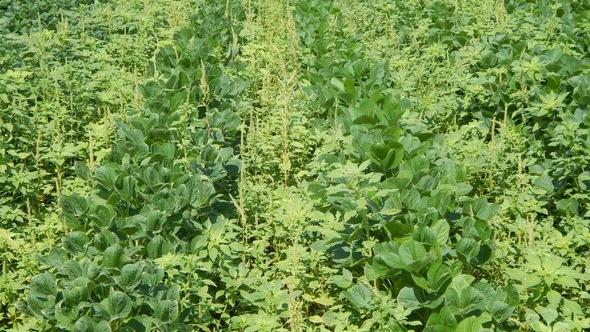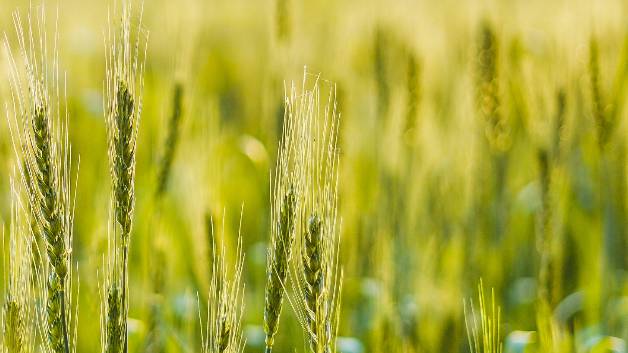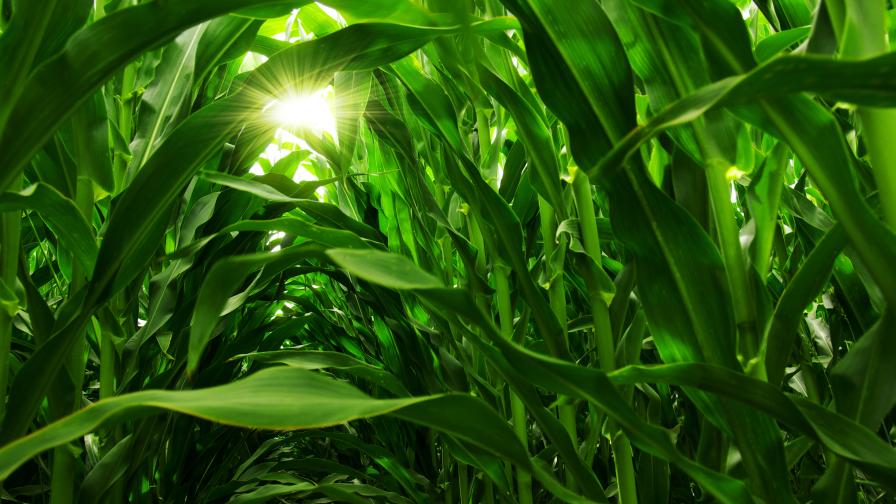100 Million Hectares And Counting
The annual report, compiled by the International Service for the Acquisition of Agri-biotech Applications (ISAAA), showed that in the second decade of biotech crop adoption, the biotech crop area jumped 12 million Ha to reach 102 million Ha, achieving its second-highest growth rate in the past five years. Growth for the period of 1996 to 2006 is a 60-fold increase, the highest adoption rate of any crop technology. Additionally, the number of farmers planting biotech crops surged past 10 million for the first time, to 10.3 million, from 8.5 million farmers in 2005.
Clive James, chairman and founder of ISAAA and the author of the report, expects adoption levels to continue accelerating in the second decade of biotech commercialization. By 2015, ISAAA predicts more than 20 million farmers will plant 200 million Ha of biotech crops in about 40 countries.
The report also noted the socio-economic importance of biotechnology. “More than 90% or 9.3 million farmers growing biotech crops last year were small, resource-poor farmers from the developing world, allowing biotechnology to make a modest contribution to the alleviation of their poverty,” James said.
In fact, the growth of biotech adoption was substantially higher in the developing world (21%) than the industrialized nations (9%). Developing countries now account for 40% of the global biotech crop area. In a story published by PRNewswire, Ravinder Brar, a widowed mother of two and biotech cotton farmer in India, says developing world farmers need the benefits that biotech crops offer.
“My biotech crops have reduced spraying costs and resulted in higher yields. I expect biotech crops to increase my profits, providing a better life for my family,” she said.
C.D. Mayee, ISAAA trustee and chairman of India’s Agricultural Scientists Recruitment Board, echoes Brar’s comments. “Bt cotton has contributed significantly to the yield increase in cotton in India from 308 kg lint per hectare in 2001/2002 to 450 kg lint per hectare in 2005/06. In turn, the increase in yield from Bt cotton has been a major contributor to increased cotton exports from India which soared from 0.9 million bales in 2005 to 4.7 million bales in 2006, the highest ever recorded for India.”
The ISAAA report also notes that while 22 countries planted biotech crops last year, an additional 29 countries have approved biotech crops for import for food/feed use and release into the environment.
“More than half of the global population of 6.5 billion people now live in countries where biotech crops are grown, allowing 3.6 billion people to benefit from the economic, societal, and environmental advantages generated through biotech crops,” James said. “With 51 countries in total gaining experience with biotech crops, acceptance will continue to grow.”
Growth Centers
Across the world, many countries are increasing their rates of biotech adoption.
- The Americas: The US continues to drive growth in North America and globally, accounting for the greatest absolute acreage increase in 2006 with the addition of 4.8 million Ha. Brazil leads growth in South America with an increase of 22% to a total of 11.5 million Ha of soybeans and biotech cotton, the latter commercialized for the first time in 2006.
- Asia: India is emerging as a leader in Asia. The country tallied the most substantial percentage increase at 192%, or 2.5 million Ha, to reach a total of 3.8 million Ha, jumping two spots in the world ranking to become the fifth largest producer of biotech crops in the world, and surpassing China for the first time.
- Africa: South Africa made significant strides in the past year to lead the African continent forward by nearly tripling its biotech crop area. Notably, the gain came from Bt white maize, primarily used for food, and Bt yellow maize used for livestock feed.
- Europe: Growth continues in the countries of the EU, where Slovakia became the sixth of the 25 EU countries to plant biotech crops. Spain continues to lead the continent, planting 60,000 Ha in 2006; however, the other five EU countries reported a five-fold increase in plantings from 1,500 Ha in 2005 to about 8,500 Ha in 2006.
Future Drivers
ISAAA predicts this growth to continue in the second decade of commercialization with significant opportunities in several areas of the world.
“The commercialization of biotech rice alone could drive adoption of biotech crops well beyond the conservative estimate of 20 million farmers, up to 80 million farmers. This is based on an adoption rate of one third by the world’s 250 million rice farmers, most of whom are small resource-poor farmers, 90% of whom are in Asia. Biotech rice with insect resistance to enhance yields could make a substantial impact on the UN Millennium Development goal of reducing poverty by half by 2015, and golden rice with enhanced vitamin A could improve nutrition significantly,” James said.
Biofuels will also be a major growth driver. Biotech crops will be used to increase the efficiency and meet added demand for alternative energy, as well as exploring biotech options to bring cellulose-based ethanol from energy crops to market. Biotech crops with drought-tolerant traits are expected to reach the market within the next five years, unlocking substantial production opportunities in dryer climates.
While the Americas led the first decade of biotech crop adoption, the second decade will likely feature significant growth in Asia and the developing countries of India, China, and the Philippines, as well as new biotech countries like Pakistan and Vietnam.
In Africa, the experiences of South Africa will likely lead other countries to begin planting biotech crops, including Egypt, Burkina Faso, and Kenya, where promising field trials have already been conducted. Finally, the consistent global increase in adoption of biotech crops will likely prove to be a trend that merits increased recognition by the EU. France, as a leading member state, is a key example, increasing its area of Bt maize several times over to 5,000 Ha in 2006.
The ISAAA report is co-sponsored by the Rockefeller Foundation, a US-based philanthropic organization associated with the Green Revolution that saved up to a billion lives in the 1960s, and Ibercaja, one of the largest Spanish banks headquartered in the maize growing region of Spain.
The International Service for the Acquisition of Agri-biotech Applications (ISAAA) is a not-for-profit organization with an international network of centers designed to contribute to the alleviation of hunger and poverty by sharing knowledge and crop biotechnology applications. Clive James, chairman and founder of ISAAA, has lived and/or worked for the past 25 years in the developing countries of Asia, Latin America and Africa, devoting his efforts to agricultural research and development issues with a focus on crop biotechnology and global food security.





